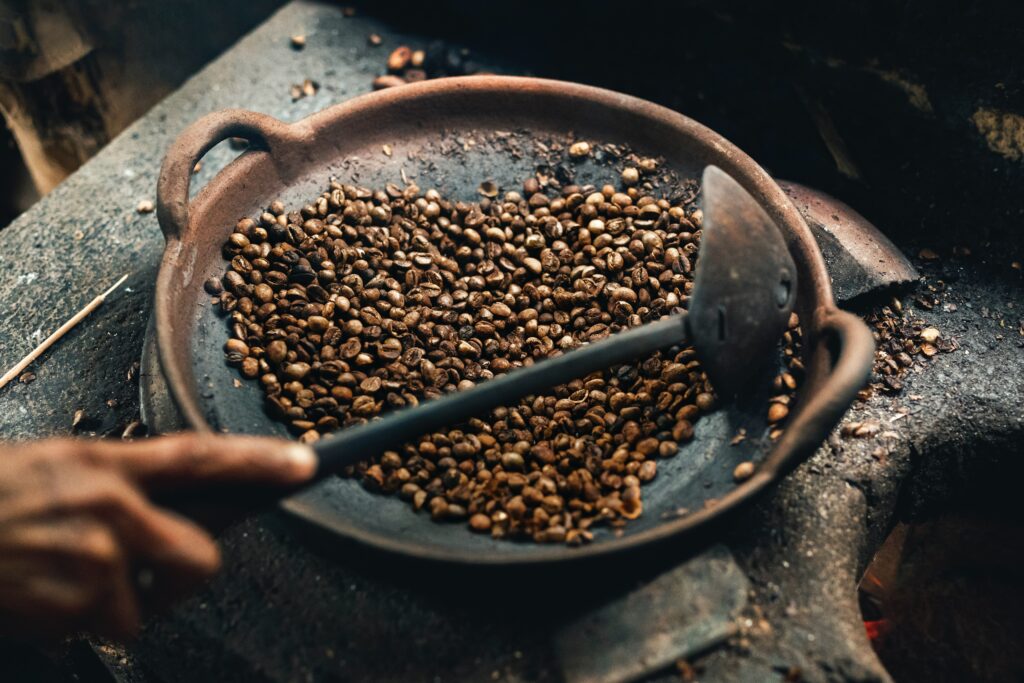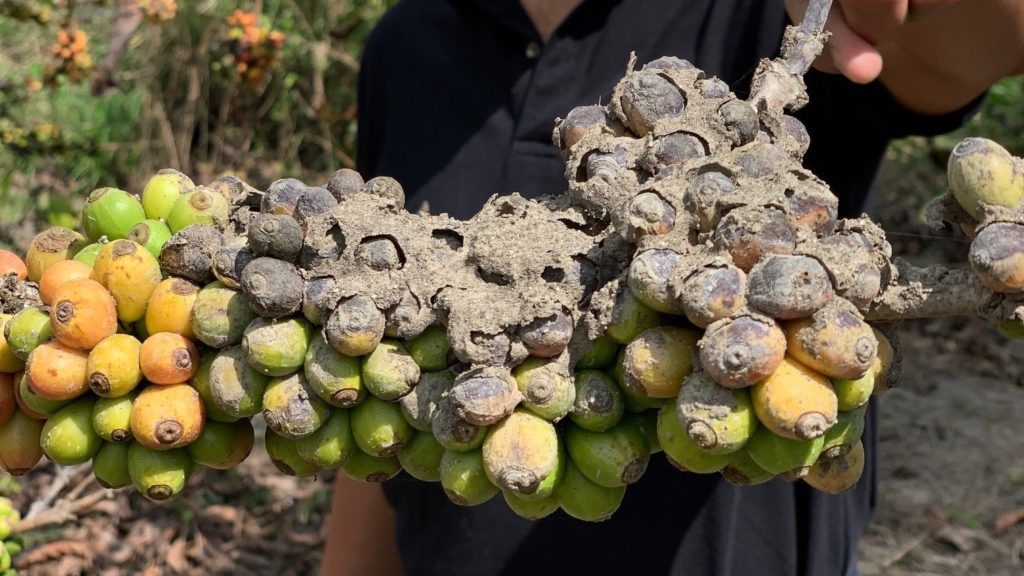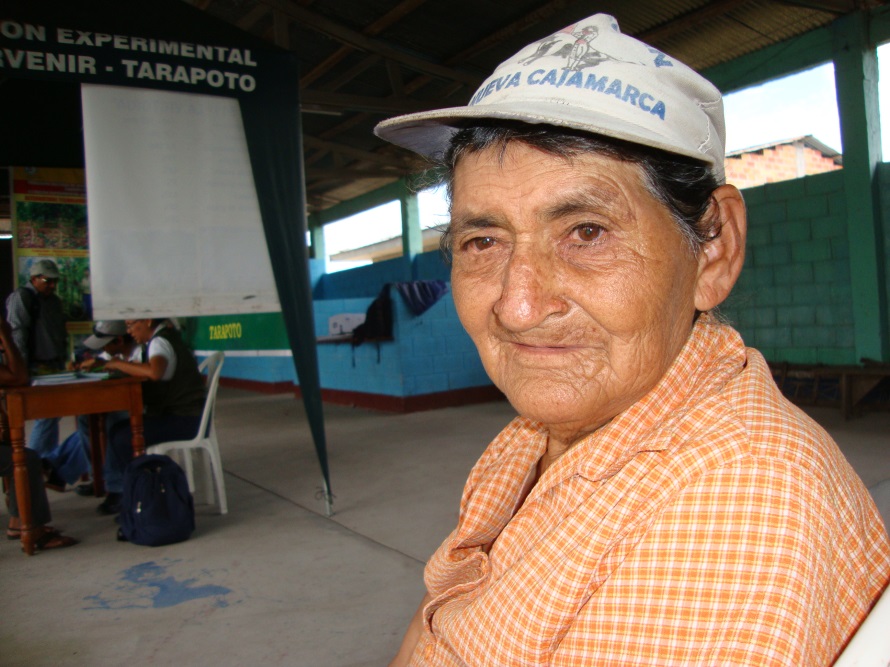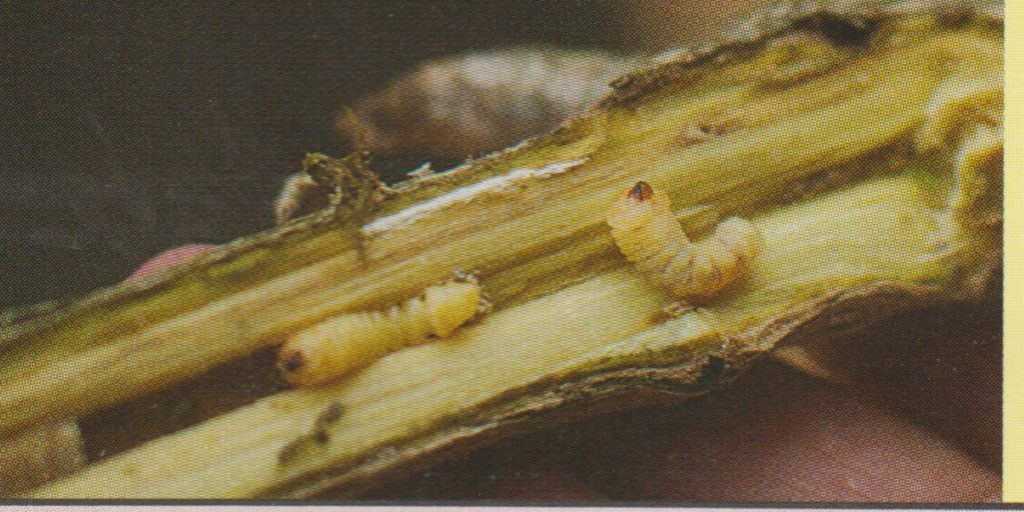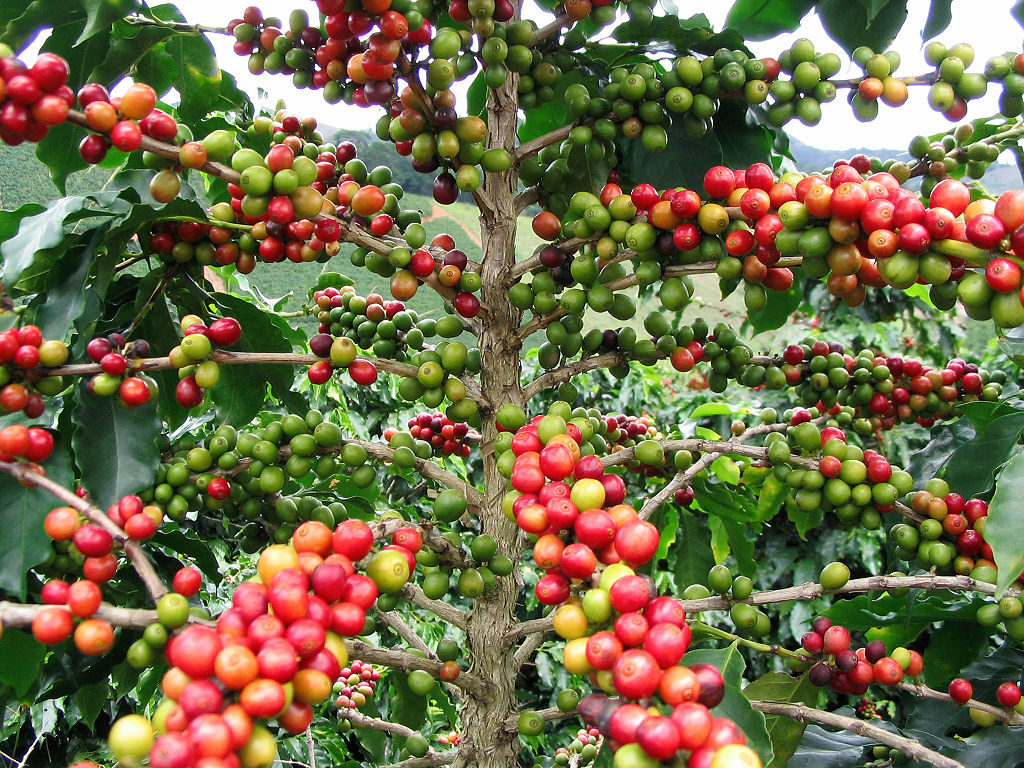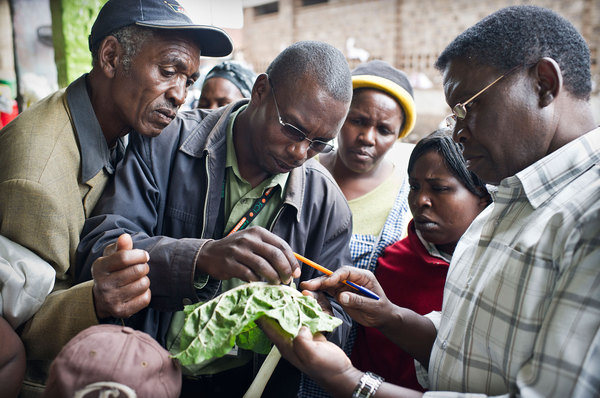Threats to Coffee Production: What are they and the solutions?
The global coffee industry cultivates over $100 billion in revenue with the world’s population consuming over 500 billion cups per year. Yet with this huge global industry, the coffee we drink today is extremely vulnerable. Out of the 124 species of coffee plants found throughout the world, only two are used to produce commercial coffee,…
Coffee crops worst-hit by volcanic ash after eruption in the Philippines
On January 12, Taal Volcano, located on the island of Luzon began spewing plumes of steam and ash. By 3.30 the following morning lava erupted from the volcano’s main crater. Local communities were evacuated as ash began to blanket the land, covering up to a 16-mile radius, with winds blowing ash even reaching the country’s capital, Manila, 31 miles away.
Atenciones en Clínicas de Plantas y asistencias a los agricultores en la Amazonía Peruana
Texto escribido por Martha Passador y Javier Franco. English summary follows El éxito de una clínica de plantas se puede evaluar por la cantidad de productores que buscan este servicio. Algunos traen sus muestras, o solamente conversan con los doctores de plantas. En determinadas regiones, hay cultivos y problemas agrícolas que son comunes para todos.…
Factsheet of the month: December – Management of white stem borer of coffee
The white stem borer, also known as Seto Gavaro, is a major pest of coffee in Nepal. In fact, the government and industry hold the pest largely responsible for the drop in production between mid-2012 and mid-2013. Coffee is a major cash crop in Nepal so it is important that farmers do not lose yield to…
Update: Plant Health News (23 Apr 14)
Here’s a taste of some of the latest stories about plant health, including the postharvest pathology of beans, a reduction in the proportion of shade grown coffee and the filamentous fungus that may be effective at controlling sugarcane nematodes. Click on the link to read more of the latest plant health news!
The Bird, the Borer and the Bean
A recent study carried out in Costa Rica found that insectivorous birds such as the Yellow Warbler help to reduce infestations of the Coffee Berry Borer Beetle on coffee plantations by 50%. This free pest control service is estimated to save a medium sized coffee farm up to $9,400 per year. The study carried out by…
What CABI Is Doing To Tackle Major Coffee Rust Outbreaks In Central America
Guatemala has declared a state of agricultural emergency after coffee rust fungus has affected approximately 193,000ha of coffee, equating to 70% of the national crop. As a result of the outbreak, Guatemala is releasing $13.7m (£8.7m) in emergency aid to help farmers buy pesticides and to inform farmers on ways to manage the disease. Honduras…
The Climate Reality Project- Coffee Production Hit by Climate Change
[ustream id=27051308 hwaccel=1 version=3 width=480 height=302] Video streaming by Ustream Recently aired as part of The Climate Reality Project (founded by Al Gore), this documentary contains a 5 minute film about climate change and smallholder coffee production in Colombia. The film featured as part of a 24 hour online stream of climate documentaries and discussions…
Coffee Production in Hot Water- The Impacts of Climate Change on the Future of Coffee Crops
Coffee (Coffea) is the one of the world’s favourite drinks and the second most traded commodity after oil, accounting for annual retail value of US$ 90 billion. The two main species used in the production of coffee are Arabica coffee (Coffea arabica), which accounts for 70% of coffee production, and Robusta coffee (Coffea canephora). The…
Bean and Gone – Controlling the Coffee Berry Borer Using Integrated Pest Management
The Coffee Berry Borer, Hypothenemus hampei, is a tiny beetle which is widely considered to be the most damaging pest of coffee plantations in the world. Originating in Africa, it is now found in almost all coffee growing areas in the world as an invasive species, with nearly 160 records from different areas worldwide on…

